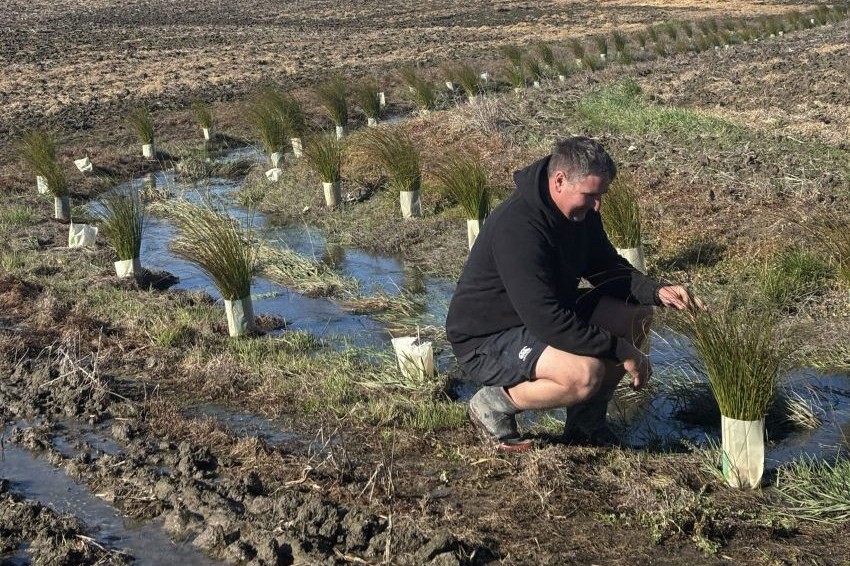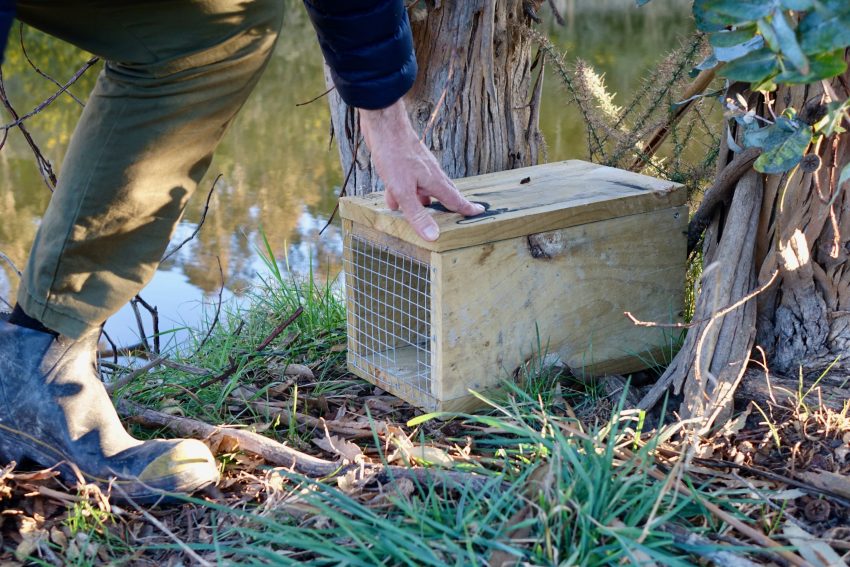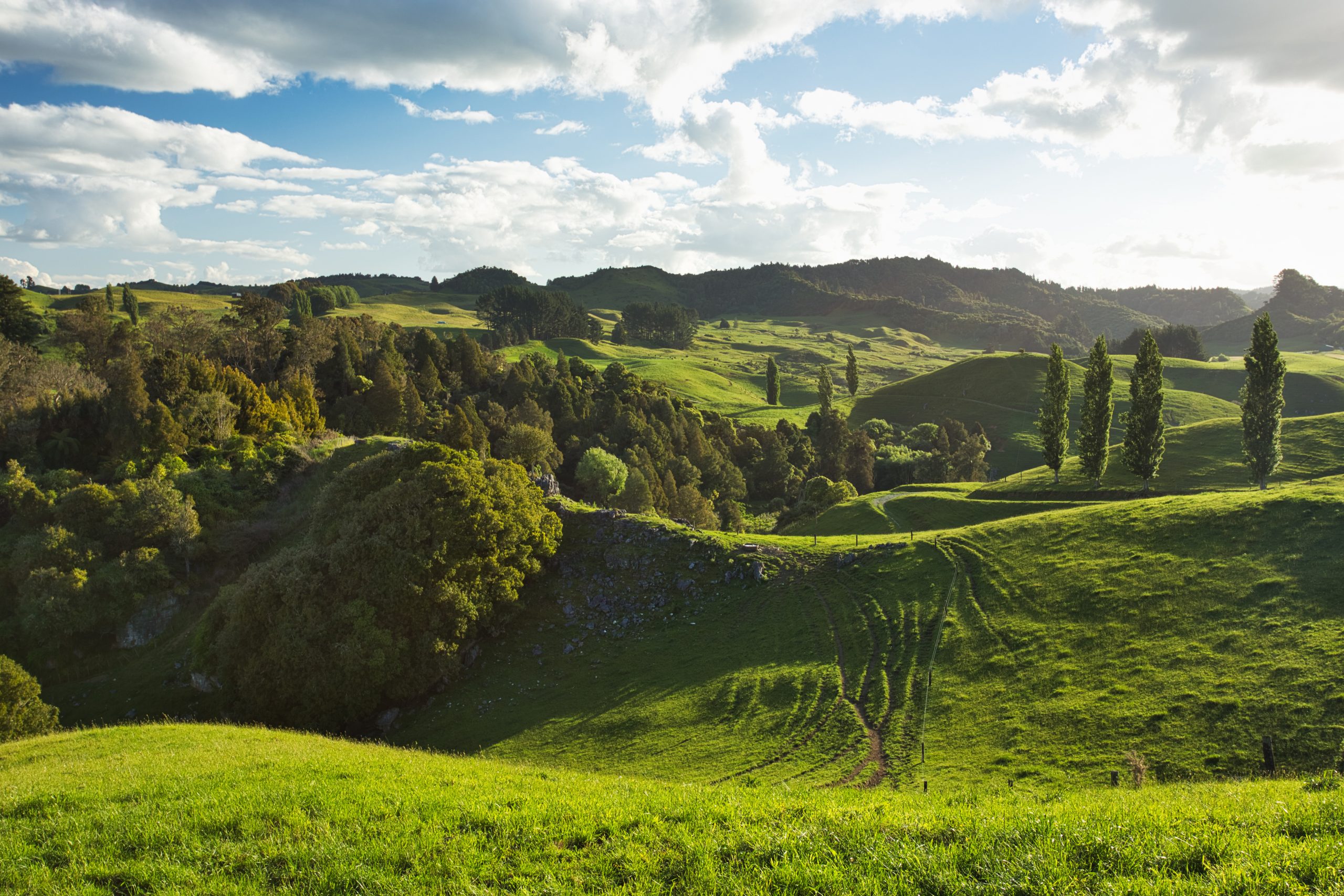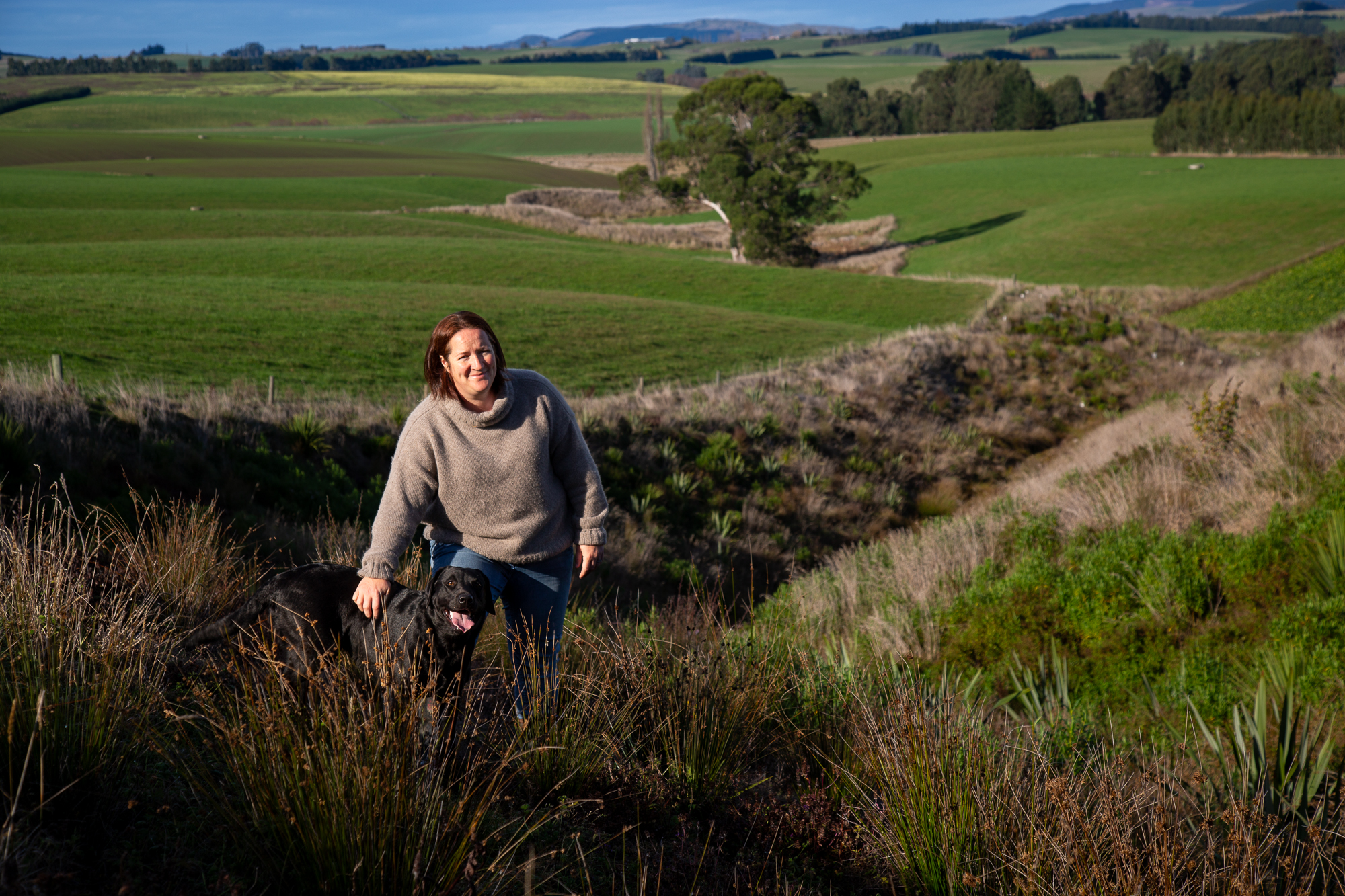Bugger the mud
Rain, wind and even cyclones have made the winter hard going for farmers and stock, writes Wairarapa vet Sara Sutherland.
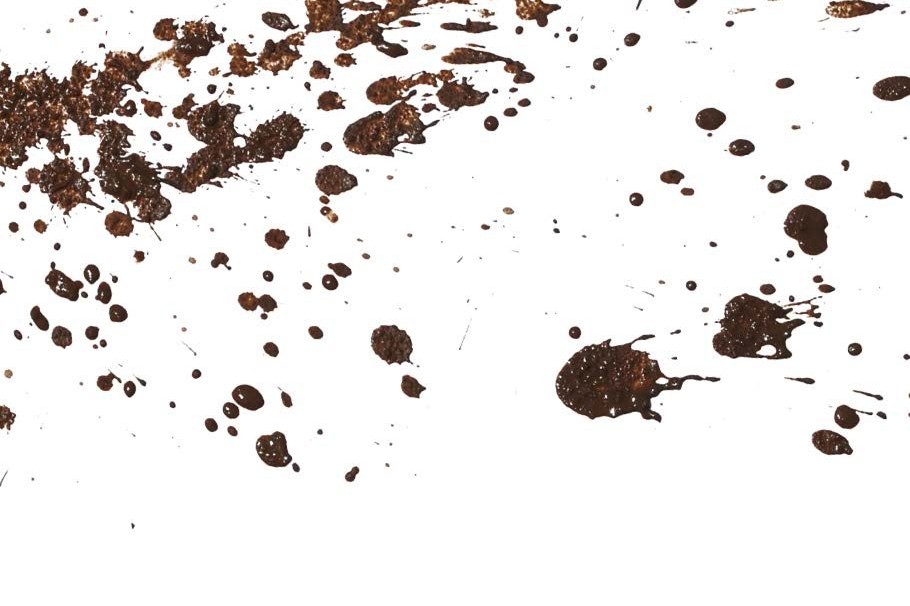
Winter can be hard. I’m writing this in winter, and I can tell that my farmer clients are over the weather.
It’s hard slogging through mud every day while horizontal rain drips through your wet weather gear and down the back of your neck.
It’s hard to watch the grass disappearing. It’s hard to remember that soon we’ll be cursing the dust like we’re now cursing the mud.
I was going to write about ewe body condition scores at lambing, grass covers and how this relates to drench resistance. But I’m worried people will feel like that’s one more depressing thing to add to the list: “Not only are prices in the tank, but Sara says my grass covers aren’t as high as they should be.”
However, winter and early spring are not the time to set up ewe body condition score. That starts as early as weaning. So don’t feel depressed by this story, keep it in the back of your mind to start planning for next year.
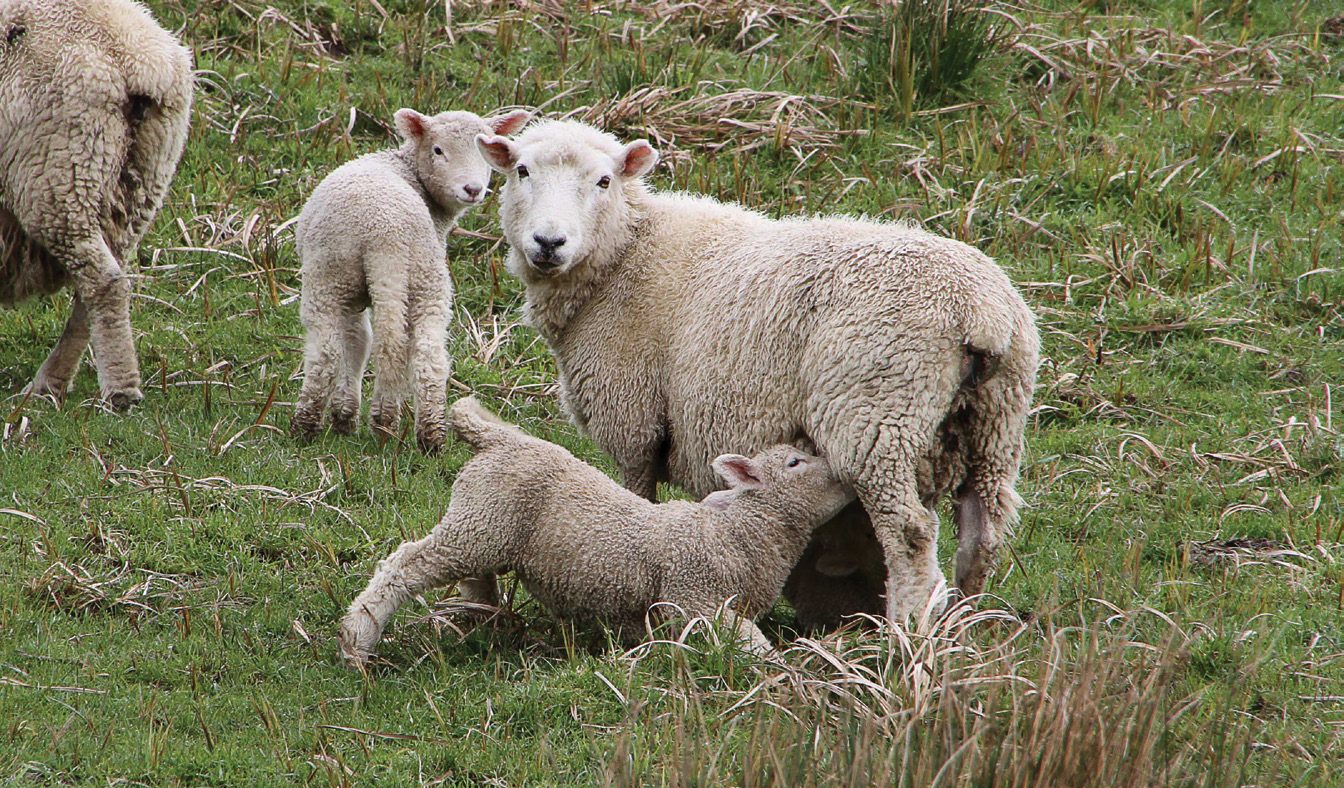
Why do I want to talk about body condition score? Ewes in good body condition going into lambing have an advantage over their skinny sisters. Their lambs will be born with more “brown fat” to get them going until they have a drink.
They will have more colostrum and higher milk production. Milk production drives the pre-weaning growth rate. The protein-to-energy ratio required for growth is higher in younger lambs. In simpler words, younger lambs need more protein and milk is higher in digestible protein than grass.
A ewe in good body condition won’t experience as big a drop in immunity around lambing. That means she won’t drop as many worm eggs on pasture and won’t be as affected by worms. It is more likely you can use these ewes to reduce larvae on pasture.
We can’t do anything about the weather but we have some control over other things. Putting multiple bearing ewes in paddocks with historically better docking rates, for example. Trying to save grass for them to lamb on. Lambing on higher covers helps protect against sleepy sickness and milk fever. That means fewer ewe deaths, and lambs born with more vigour.
A ewe on 4cm of grass is better at counting to two (or three) than a ewe on 2cm of grass – maternal behaviour improves with higher covers. The highest feed requirement for ewes is after lambing. If they lamb in good condition but then starve, you can get big lambs at docking but “fall into a hole” between docking and weaning. Sheep on higher covers eat fewer worm larvae (because larvae are concentrated near the base of the sward). This means animals won’t be as affected by worms.
It’s hard for us to feel the rain and cold wind as we slog through the mud. It’s hard for a newborn lamb in a September storm too.
There are lots of farms where lamb losses are 10–25%. That’s a huge opportunity for improvement. The very lowest losses I ever saw were in an indoor lambing system in Canada, where the farmer was very proud of having less than 2% losses over lambing. Now that’s an extreme example and probably not economically viable. Some of the losses on hill country pasture lambing are unavoidable, but most farms can do better when it comes to lamb survival. Feeding is a big part of that.
What does this have to do with worms and drench resistance? The more lambs you can get off farm early, the fewer lambs stay on farm and need regular drenching.
In statistical language, lamb days on farm are a risk factor for developing drench resistance. Getting those lambs up to weight and off to the works prime off mum is a good way to reduce lamb days on farm.
The more drenches you put into the system, the more pressure the worms are under to express those resistant genes. The sooner you get lambs off, the fewer drenches you need.
This year was one out of the box in the Wairarapa, with a wet summer and then autumn cyclones. The coming summer will be completely different.
Here are some things to plan for next year’s lambing. Ewes in better body condition, lambing on higher covers, so you can get those lambs off to the works early and not have to drench, to save your drench resistance status and maybe it will all seem less hard.
I can’t do anything about the prices though.
- Sara Sutherland is a veterinarian for Vet Services Wairarapa.

